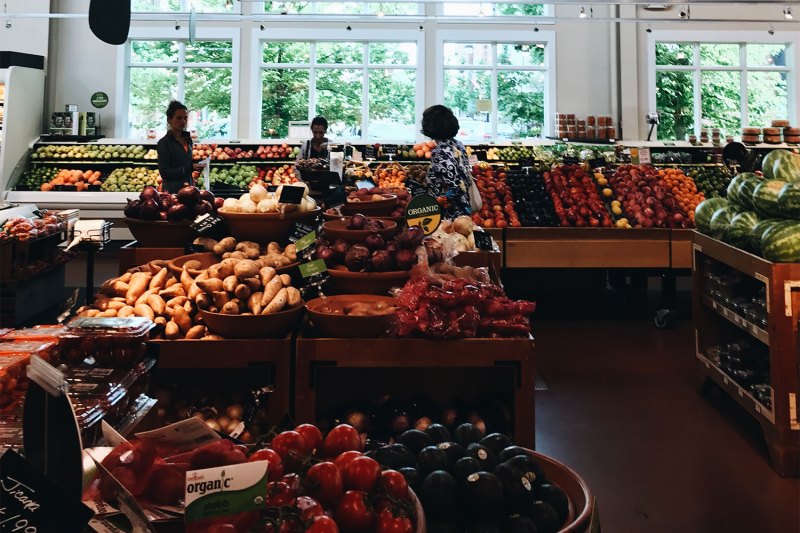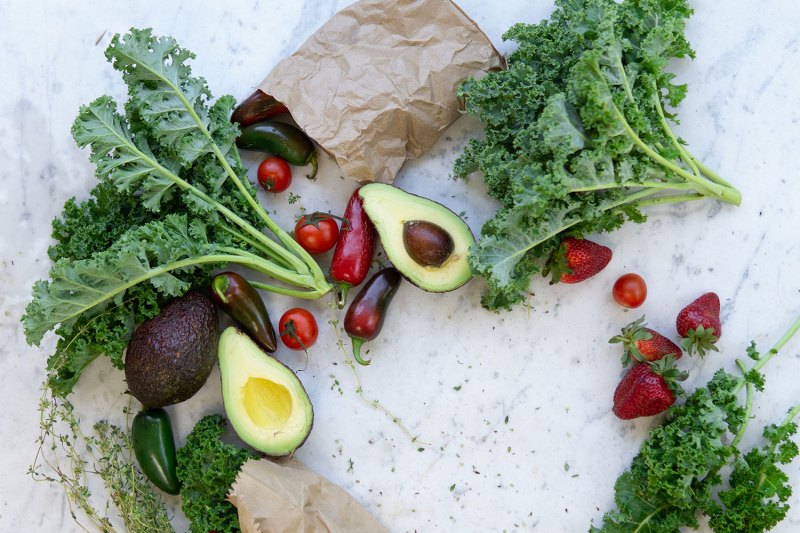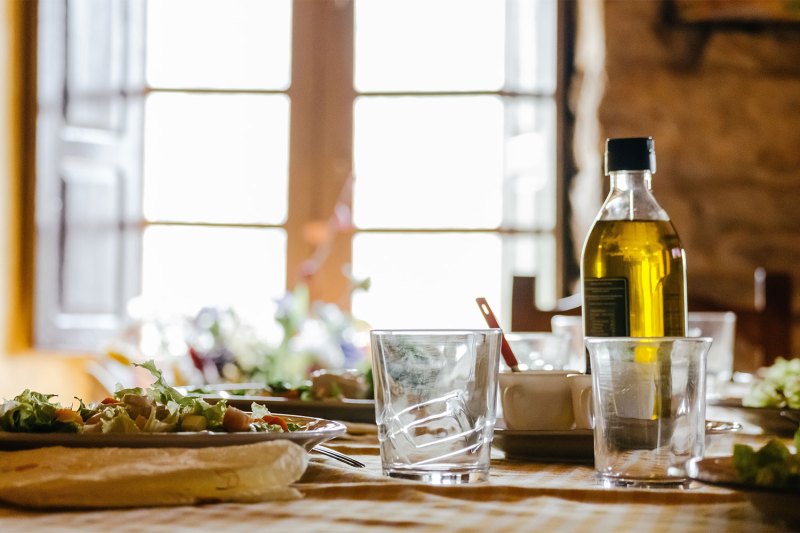You’re probably doing a lot of the same things every day. It’s part of the new normal, which is feeling more and more like a simulation. If you can, try to eat differently as often as possible. The variety will keep you from falling into a rut and the diverse diet will do your body good.

If this is your hour to go all out in the kitchen, more power to you. Master that ratatouille recipe or become a paella king. For a lot of us, it’s about survival and trying to eat a healthy and somewhat eclectic pyramid of foods, through dishes that are easy to prepare yet satisfying. Simple pasta, stir-fry dishes, soups, and casseroles will more than suffice right now.
As you look to prepare your next quarantine grocery list, consider the following:
Essentials

Go with items that pack a lot of versatility. Things like hummus, beans, and kale, which work for most meals around the clock and can be prepared in a number of different ways. Quality crackers can fill just about every snacking void. You can keep things healthy by going the whole wheat or low sodium route and liven up the scene with herbed options.
Some Essentials Options
- Beans
- Kale
- Crackers
- Carrots
- Onions
- Bell Peppers
- Soup
- Fresh herbs
Things that seem tame on the surface — carrots, onions, asparagus, bell peppers — are twice as interesting if you grill instead of bake them. And speaking of the grill, this is also a great time to throw some things on the flame you never have before, like radicchio or eggplant.
Good soup is inherently soothing. It’s tough to top feel-good flavors like chicken noodle and tomato, but there are so many more eclectic versions out there. Progresso makes a pretty mean butternut squash soup and the vegan options from Amy’s are solid. Know that you can trick out a canned soup at home with your own additions. Adding fresh herbs, additional veggies like broccoli, or flavorful meats like bacon can elevate even the blandest kinds. If you have the stuff, make your own and keep the leftovers in the fridge.
Frozen Goods

Frozen food doesn’t have to be lifeless. In fact, there are a lot of good options that you’d probably never know were thawed if you tasted them blind. There are delicious, wild-caught fish filets like salmon and cod. Whole turkey is so often trapped in its Thanksgiving box but it’s available all year and a delicious and easy thing to roast at home. You can use the leftovers for lunch meat, stock, soup, or just dice up and throw in some mac and cheese.
The frozen aisle also happens to be where a lot of the fun resides. Treat yourself to waffles or breakfast sausages. Load up on the snacks of your youth as they’ll remind you of lighter, pre-pandemic times. Microwavable goodies like Hot Pockets, pizza bagels, burritos, and fish sticks. Allow the simplest frozen foods (think pizza or chicken pot pies) to do the work for you as there will be days you simply don’t want to cook. Dessert will brighten your days so pick up some ice cream. If you’re looking for healthier options, try frozen yogurt, fruit popsicles, or some frozen berries with a drizzle of honey or dash of sugar.
Some Frozen Goods Options
- Fish fillets
- Whole turkey
- Waffles
- Breakfast sausages
- Pizza bagels
- Burritos
- Ice cream
If the produce section is picked over, you can get some quality vegetables in the frozen section. Things like peas, corn, carrots, broccoli, and cauliflower do fairly well ice-cold and will last all the longer in your freezer, allowing you to pull from the supply when necessary.
Specialty Items

You can’t dine at restaurants so might as well raise the bar at home a bit. It’s amazing what upgrades like good olive oil and balsamic vinegar can do to your dishes. Specialty salts like these can impart a lot of character. If condiments are your thing, broaden your horizons and try several versions within each category. Your palate will appreciate, say, a dijon versus a jalapeño mustard or a sweet relish alongside a tangy one.
Some Specialty Item Options
- High quality olive oil
- Balsamic vinegar
- Finishing salt
- Curry ketchup
- Fish sauce
- Molé
Think about travel as you stock your fridge shelves. Try curry ketchup instead of the regular stuff for a mental trek to Germany. Get some quality fish sauce to transport your taste buds to Thailand. Procure some mole and be sent to Oaxaca. You get the idea.
Also, try better versions of things you normally just blindly purchase. Try wild rice from Minnesota one week instead of plain bulk white rice. Try bucatini instead of spaghetti or fettuccine. Opt for fingerling potatoes over regular spuds and cipollini onions over basic yellow ones. Look for little accents that can change an entire dish, like good capers, pine nuts (roast them in your oven), or a cheese you’ve been meaning to try.
And do yourself a favor and invite wine into the picture. You’ll be glad you did.
Editors' Recommendations
- Why you need to try Michter’s new 10 year bourbon
- It’s International Whiskey Day, and you need to try these whiskeys from around the world
- Benefits of ginger: 6 reasons why you should add it to your grocery list today
- Everything you need to know about the Military Diet plan
- Tlayudas is the ‘Mexican pizza’ you never knew you needed


